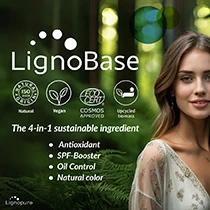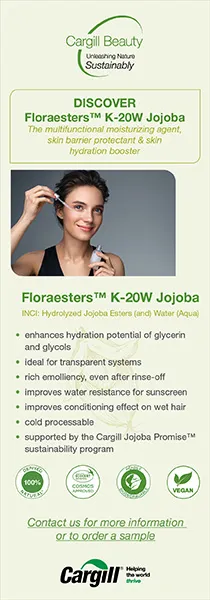Coral-friendly prototype greenlit as “significantly superior” potent UV protector

02 Mar 2023 --- A coral-friendly sunscreen prototype developed by researchers from Tsinghua University in China has proven to be more effective at preventing sunburn than conventional varieties. The innovation demonstrates that coral bleaching from harmful sunscreens can be prevented.
The exemplar, presented in the journal Cell Reports Physical Sciences, was developed by combining the “Biginelli reaction” and polymerization to create large molecules that still block UV radiation but are too big to penetrate our skin, coral and algae.
“This is an initial exploration of a new strategy to design bio-friendly and coral-friendly polymeric UV filters,” says Lei Tao, a chemist at Tsinghua University and senior author of the study. “We hope this leads to the next generation of sunscreens.”
Killing off coral bleachers
The research team first used a chemical reaction to randomly generate different ring-shaped molecules with similar structures to avobenzone, an existing UV filter. They then used a second chemical reaction to link these ring-shaped molecules together in various combinations, creating a suite of polymers to choose from.
The best polymer was selected by comparing the polymers’ SPF value and capacity to absorb UV radiation. The water-soluble polymer was significantly superior to oxybenzone, avobenzone and two commercial sunscreens.
Researchers at Stanford University concluded that oxybenzone, a common ingredient in sunscreens, can be converted into a potentially deadly phototoxin inside anemone and coral cells when exposed to sunlight, resulting in increased damage and even death.  The coral-friendly polymer UV filter is non-hazardous for coral and algae.
The coral-friendly polymer UV filter is non-hazardous for coral and algae.
The polymer was not absorbed through the skin of the test subjects (mice) and they did not experience any inflammation or skin damage.
The polymer UV filter is non-hazardous for coral and algae, two groups of organisms that are harmed by currently available chemical sunscreens.
Chlorella algae and two common types of coral were not triggered in the presence of small amounts of the polymer. The same corals bleached and died within 6 to 20 days of exposure to oxybenzone.
Not yet biodegradable
One caveat of the UV filter is that it is not biodegradable because of its chemical structure which the researchers claim is just the first step toward developing the next generation of environmentally-safe UV filters.
“We have some ideas for other non-random polymerization methodologies that we could combine with the chemical group that we developed in this study to create an environmentally friendly and readily biodegradable UV filter,” says Tao.
“Meanwhile, we will try to work with companies to test the current polymer and see whether it can be used in sunscreens,” he concludes.
The research was supported by the National Nature Science Foundation of China and the DuShi Project of Tsinghua University.
In other industry developments, the Environmental Working Group pushed the US Food and Drug Administration to outlaw oxybenzone in sunscreens due to a lack of safety data.
Oxybenzone is reportedly a problematic ingredient because it is easily absorbed into the blood compared to other components. Other studies suggest it may also negatively interfere with the hormone system.
In 2021, Royal DSM launched Parsol EHT, an eco-friendly UVB filter that delivers the highest absorption in the market and is compatible with other organic and inorganic UV filters. The filter is photostable and inert.
By Inga de Jong












